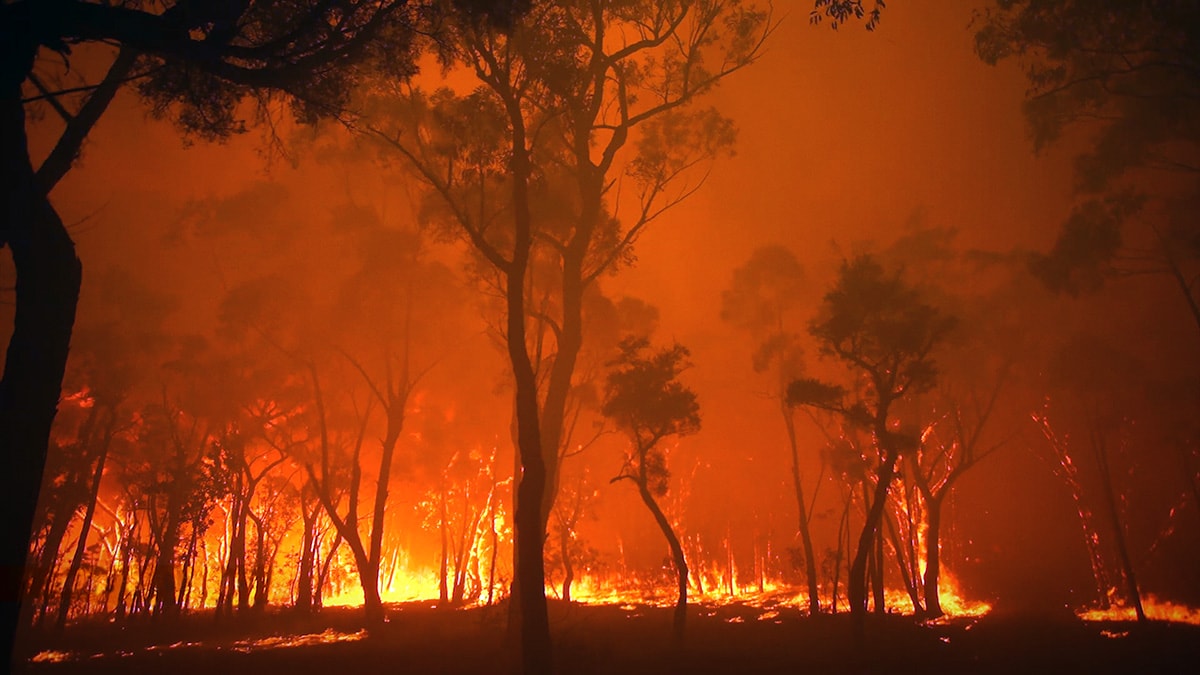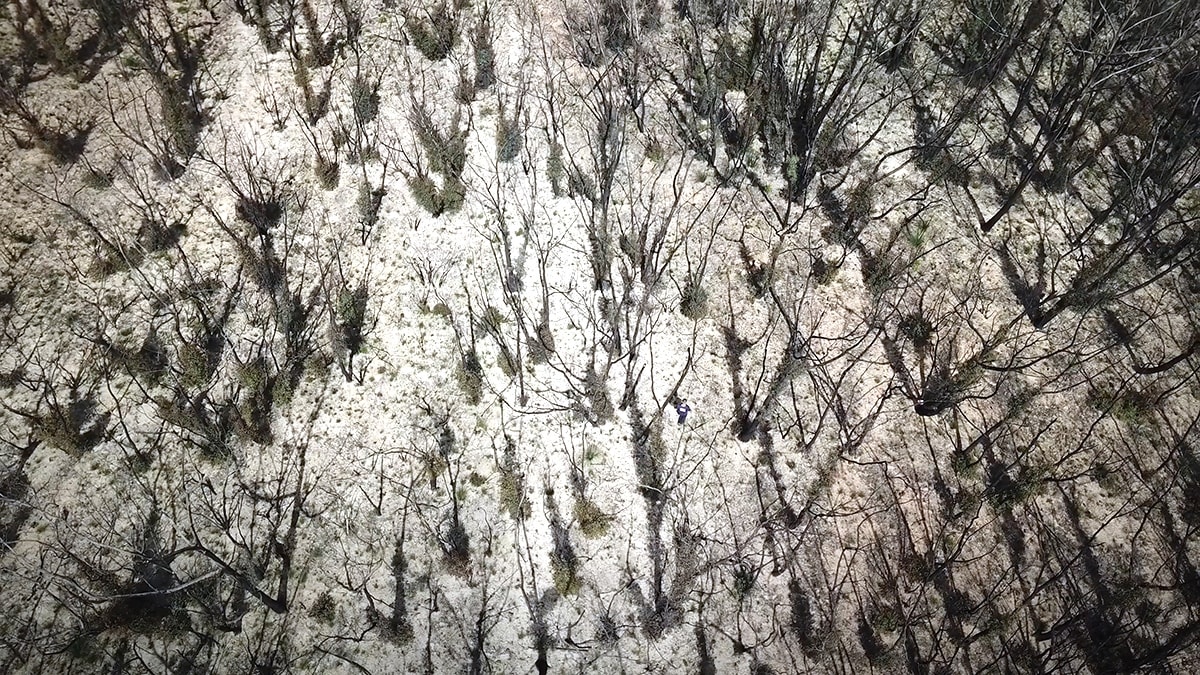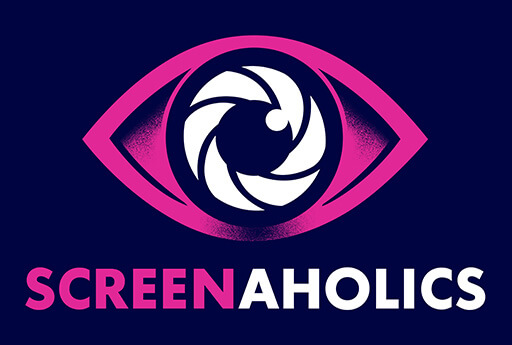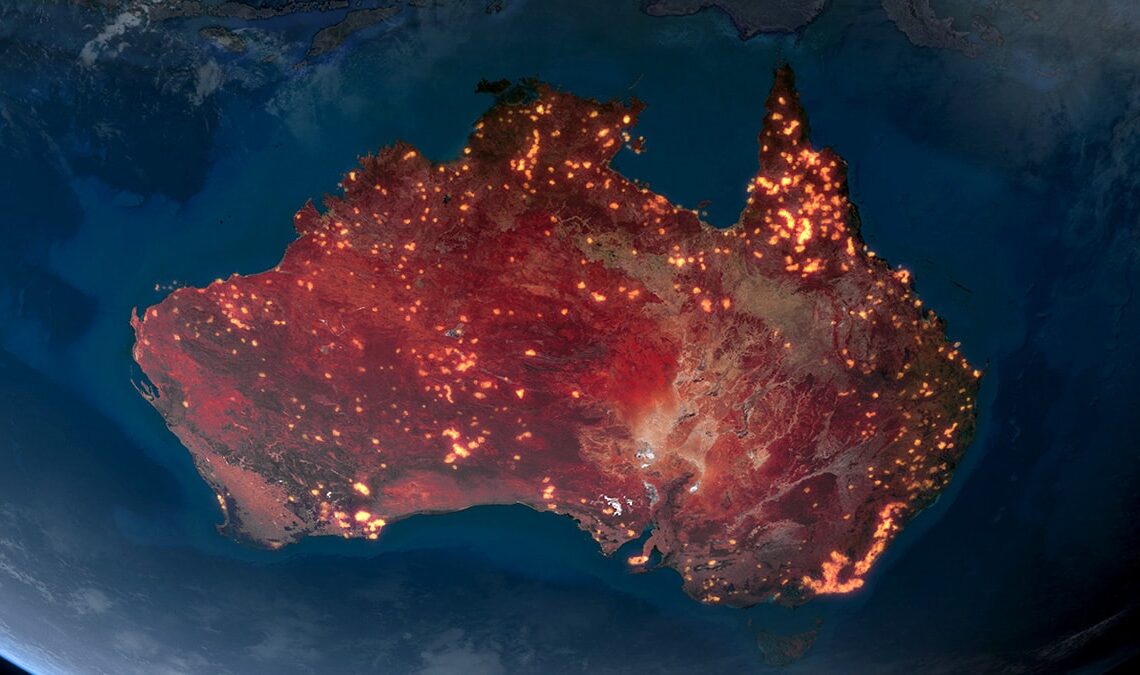If not for the interviews in Burning, you could quite honestly mistake this documentary for some type of horror movie. The film opens with “The greatest tragedy of this terrible Black Summer bushfire season, was that we saw it coming”.
Beginning with archival footage of bushfires in Australia from the early 1970s, the film briefly explores the notion that bushfires are simply part of Australian life. But with a swift move to the mid-90s, the correlation between bushfires and climate change quickly becomes apparent.
We delve headfirst into the politicising of climate change. Politicians use fear tactics to convince the nation that the cessation of fossil fuels will leave our children hungry because they will have no electricity to store food in their fridge or make toast in a toaster. That people will die because hospitals will have no way to treat patients without electricity. In a now-infamous clip, we see Prime Minister Scott Morrison attempt to kill the quintessential Australian holiday (think road/camping/fishing trips) if we as a nation move forward with electric vehicles and how he used this in his election campaign.
Burning then takes us right into the utter devastation of the Black Summer fires. The imagery is ferocious and suffocating; there is no escaping the brutal reality of what happened. Thousands crowd the beach with no escape in sight. In a time before the novel coronavirus even had a name, we see men, women and children with face masks, just trying to breathe through the thick smoke. A powerful image of a dark spot in a flame looks more like Satan rising from the fires of this hellish nightmare in Mallacoota. Then, the day becomes black as night as the soot consumes the seaside town and begins to rain fire.

Scarier than any zombie horror film, the residents are left with no water, no power, no fire trucks and no means of communication. Fireballs envelop the screen like one of Khaleesi’s dragons in Game of Thrones, and the Sydney skyline is so thick with smoke, it looks like a scene from some big-budget post-apocalyptic film. These fires even create their own weather patterns reminiscent of an atomic mushroom cloud. But there is no CGI here; this is real!
Residents tell of birds catching on fire and dropping from the sky, kangaroos hopping down the street on fire, and we see the most heart-wrenching footage of a Koala crying in pain from its burns. Australia’s most emblematic animals are either dead or in tremendous pain. Prime Minister Scott Morrison’s reason for going on holiday to Hawaii while all this was happening? He is not a fireman, and he would not be the one holding a hose.

Yes, this film is very political, and it takes every chance to demonise this government, but it also presents plenty of evidence to show it is warranted. Burning brings new insights into how long this current government had refused to take the necessary action to prevent and prepare for the Black Summer. It gives a lot more context as to why the residents of Cobargo ran the Prime Minister out of town after the bushfires hit. But it also shows how it is affecting our youngest citizens.
Going beyond the high school protests, which it celebrates, the film explores the medical impact of people living far from the centre of these fires. We hear first-hand accounts of its impact on unborn children, their development, and the mothers who carry them. This narrative successfully entices its city-dwelling audience to think about the direct effects these rural bushfires can have on their own lives.

The film also provides clear context when comparing the Black Summer bushfires to those happening around the globe, begging the audience to understand that although climate change is a global concern, Australia will feel the effects first. Therefore, there needs to be a world leader on the issue. As firefighter and climate change campaigner Greg Mullins says, “The world’s changed”.
The COVID economic recovery has begun, and the government is again backing fossil fuels to stimulate our economy and get people back into work. But by juxtaposing these tired stories with the hopeful innovations presented by tech-leader Mike Cannon-Brookes, Burning ends in a moving call to action; use your voting rights to change our future before it’s too late.




COMMENTS